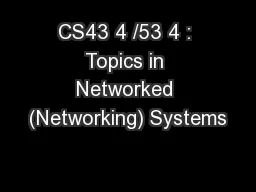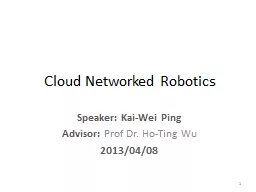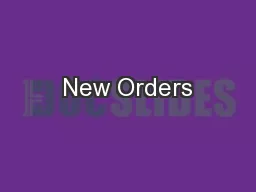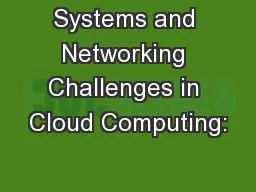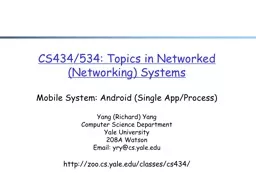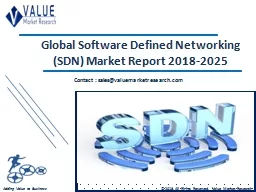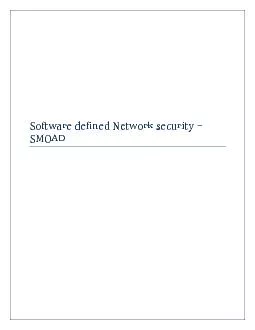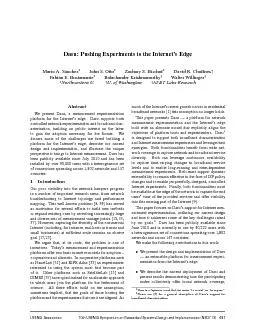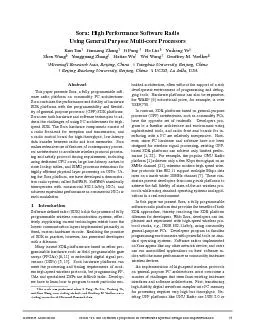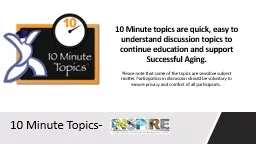PPT-CS43 4 /53 4 : Topics in Networked (Networking) Systems
Author : natalia-silvester | Published Date : 2018-10-29
HighLevel Programming for Programmable Networks Network OS Yang Richard Yang Computer Science Department Yale University 208A Watson Email yrycsyaleedu http
Presentation Embed Code
Download Presentation
Download Presentation The PPT/PDF document "CS43 4 /53 4 : Topics in Networked (Netw..." is the property of its rightful owner. Permission is granted to download and print the materials on this website for personal, non-commercial use only, and to display it on your personal computer provided you do not modify the materials and that you retain all copyright notices contained in the materials. By downloading content from our website, you accept the terms of this agreement.
CS43 4 /53 4 : Topics in Networked (Networking) Systems: Transcript
Download Rules Of Document
"CS43 4 /53 4 : Topics in Networked (Networking) Systems"The content belongs to its owner. You may download and print it for personal use, without modification, and keep all copyright notices. By downloading, you agree to these terms.
Related Documents

